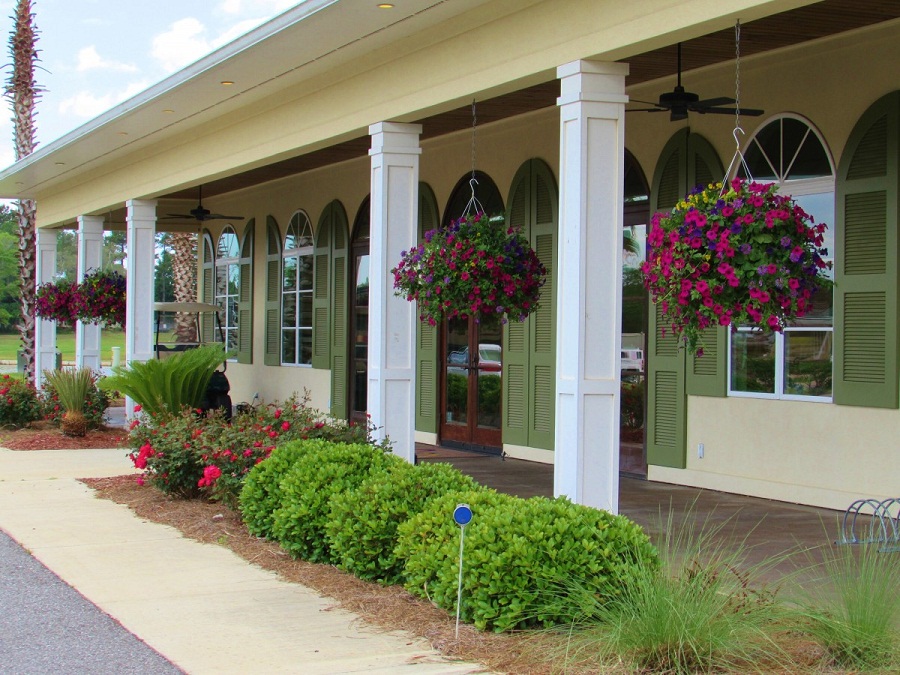Gardening appears to be an impossibility for many homeowners. Despite their best efforts, their plants continue to die no matter what, where, or how they try. You might come across a lot of techniques and tips to maintain your lawn or backyard. This is for those who can’t seem to keep plants alive; admit we lack the elusive “green thumb.“.
When you first bring your plant home, keep an eye on it for 1-2 weeks. That means you should check it every day! Westchester nursery plants are low-maintenance, but if they aren’t going to survive in their new setting (your home), you should see indicators within the first week or two. The Monstera obliqua plants are easy-care plants for homes or offices. They thrive in the sun or half-shadow, but bright, direct sunlight must be avoided. It could be an excellent choice for a nursery or indoor gardening.
Taking a photo of your plant the day it arrives is one method to do this. Then, recheck the image in a few days to see if anything has changed. Keep an eye out for drooping leaves, color changes, or leaves that have fallen off. These could be telltale signals that your new plant isn’t enjoying its surroundings, and you can intervene before things become worse.
So, what is the key to creating a lovely garden? Is it following a few basic steps rather than having a magical touch? Follow this troubleshooting advice and keep your plants from dying again. Also, understand if your garden is too dry, too damp, too shady, or all of it.
Balanced Proportion of Water:
Most inexperienced gardeners assume that if their plants aren’t growing well, it’s because they aren’t getting enough water. The natural impulse is to saturate the garden with water and expect the plants to flourish. But what if the plants aren’t suffering from a lack of moisture? What if the plants are having trouble because they are getting too much water?
Examining the soil is an excellent technique to see if plants require extra water. Feel the dirt with your palm a couple of inches down to see if it’s dry or damp. If the soil is moist but the plants remain unhealthy, you may need to check into another cause.
The Yard Is Way Too Shady:
Plants that grow in full sun require 6–8 hours of sunshine every day. Many homeowners make the mistake of assuming that the sun remains constant throughout the day. Just because it’s sunny at 4:00 p.m. doesn’t mean it was sunny at 10:00 a.m. You may need to build a sun table that looks like this to understand the light conditions in your yard better.
That way, you can understand when the sun shines brightly and in what spots so that you can place plants that require more sunlight there.
Happy Plant, Happy Dirt:
The chemical ingredients are rich in the decomposing plant material that gives black earth its dark color. Maybe the form in which those nutrients are stored isn’t ideal for your plants’ needs. However, it’s not always clear if the ground was altered with black dirt or compost. Even within the same yard, acidity levels might vary. Certain shrubs, such as rhododendrons, prefer acidic soil, while others struggle in the same conditions.
To understand your plant needs, you can always create your compost with either dead or yellow leaves or kitchen waste. They do not harm the soil; instead, they increase the nutritional value of the soil.
Favorable Situations:
Another thing to check is if any harsh circumstances or factors are harming the plants. Make a brief inspection to see if there are any adjacent air conditioning units or dryer vents. These heat sources could be blowing hot air on the plants all the time, drying them out.
Another issue could be your plant’s water requirements, which vary depending on the season. For instance, you should give it more water in the summer, while you should give it less in the winter. Last but not least, we should consider our domestic heating and cooling systems. Make sure your plant isn’t in the way of any air conditioning or heating systems. Similarly, if you use the air inside all of the time, it may be drier. All of this can have an impact on your plant.
Too Much Affection Not Required:
We tend to give our favorite plants more attention than they require. However, because they are in a more enclosed setting, indoor plants dry out more slowly. This means that most indoor plants will not require as much water as outdoor plants. According to a good rule of thumb, most plants only need to be watered when the top inch of soil has dried out. So, pay heed to this thumb rule.
Knowingly not paying attention:
Finally, there are occasions when we discover a plant isn’t doing so well. This is a clue that requires your assistance! We can’t permanently preserve a plant, but if your indoor plant is dying, try to figure out what’s wrong and make a change. Sometimes, we hope it gets better and watch it steadily deteriorate. Instead, check the water, sunshine, and air conditions and then try to make a change.
Let’s Sum It Up:
A routine for the plants can be experimental but may turn out to be suitable for plants. Set aside a day of the week to water your plants (maybe when you perform your chores, etc.). Set the alarm or a reminder if necessary! Sundays are my average watering days where I can water my lawn and maintain it once a week. This way, you’ll be able to keep track of when they were last checked or watered. You can also use this method to track how often you water, fertilize, or prune it.






